
Oregon stonecrop has glossy green leaves that look like little elephant toes. I think it has the best-tasting leaves of any native Sedum. more->
We spent 13 years building an abundant fruit forest, annual veggie beds, perennial medicinal herbs, and a healthy mixed hardwood-coniferous forest and now we've sold our property to the next stewards so that we can begin a new homesteading project in Vermont closer to our best friends and their kids.
Don't worry - we plan to keep this website up and running so that our customers can reference what we've written about our plants!
We'll let you know once we re-start a farm in Vermont!
 So many colors! Sweet nectar! Delicious and so good for you!
So many colors! Sweet nectar! Delicious and so good for you!
We love to add a dash of colorful calendula, borage, and bachelor's button flowers to our salads on special occasions. Sweet violets, soft rose petals, and silky purple mallow flowers delight guests as they enjoy a summertime dessert. At just the sight of the hibiscus-shaped flowers of rose of sharon, you feel like you're on a tropical island - taste the sweet nectar and marshmallow softness of that flower stuffed with a bite of scrumptious dessert, and that little slice of paradise transforms your kitchen too!
Several restaurants use edible flowers harvested here at Fern Hill in their local and seasonal menus.

Oregon stonecrop has glossy green leaves that look like little elephant toes. I think it has the best-tasting leaves of any native Sedum. more->
Ramps are a wild onion native to the eastern US and Canada. They grow in the thick duff of the dappled shade in the understory of somehat open forest canopies. Ramps appreciate the moist summers... more->

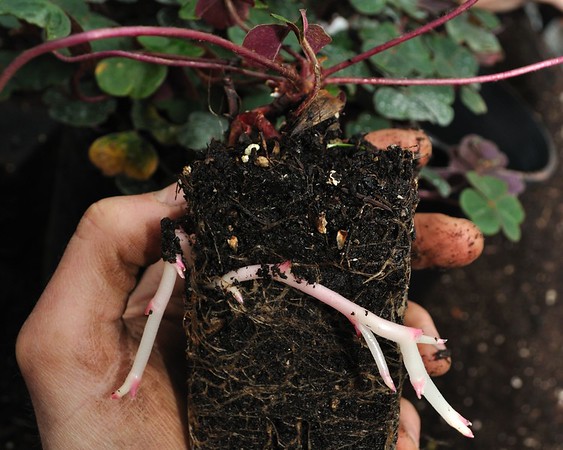
A beautiful shade-tolerant ground cover, the native Oregon wood sorrel spreads happily on the forest floor, or a shady garden floor. It likes lots of organic matter and shade. If it does not... more->
We have grown this early fruiting variety for many years with success. We harvest lots of large sweet fruits starting in late May until near the end of June. Its easy to grow and prefers full... more->
Jostaberry is a cross between european currants and gooseberries, taking the best from both. It is a thornless shrub producing dark fruits with a mild black currant flavor. The fruit is larger... more->
Edible flowers and leaves make muskmallow a great perennial for a sunny garden. It starts growing in early spring and blooms a deep pink in late spring through summer. Our plants bloom profusely... more->
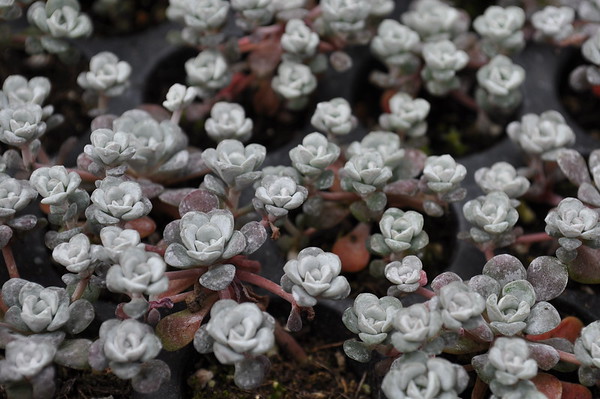
This grey-leaved and beautifully patterned stonecrop grows the fastest of any Sedum species in our gardens. The leaves are a bit more chalky and less palatable than the others, though.... more->

Lemon verbena is one of our favorite tea plants. Fast growing in warm weather, aromatic leaves have a strong lemon flavor. We steep it fresh or dry it to enjoy all winter. It prefers full sun... more->
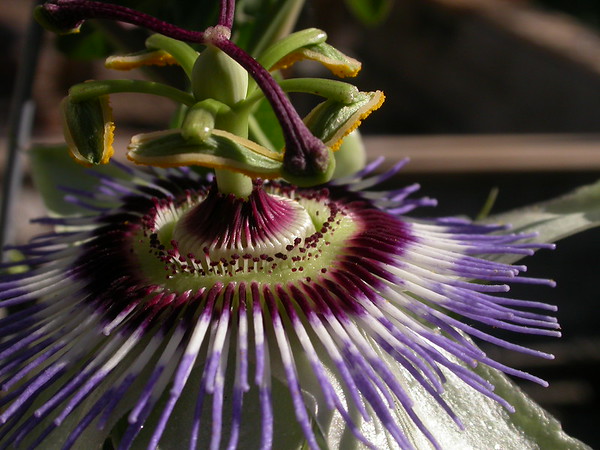
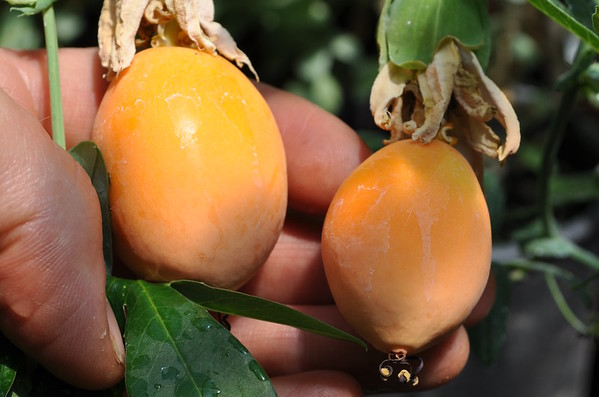
Fabulous flowers on this semi-evergreen vine. The complex blue flowers bloom mid summer to fall. This vine is reasonably hardy and can grow a lot in one season. During cold winters it may die... more->
Salal is an evergreen shrub in the heath family with glossy leaves, white urn-shaped flowers, and edible purple berries. Salal prefers moist shade, but it often bears the most fruit in sunny... more->
This native rose shrub has the largest pink flowers of the Oregon species. They perfume the woods when they bloom in May! more->
While you can find dozens of varieties of mint for your garden, we focus on cultivating peppermint because it is the best mint for soothing upset stomachs, relieving headaches, and cooling... more->

Native to sunny meadows and dappled shade of open woodlands in the Willamette Valley, meadow checkermallow created a gorgeous display of light pink blossoms up to 6 feet tall. In the shade it may... more->
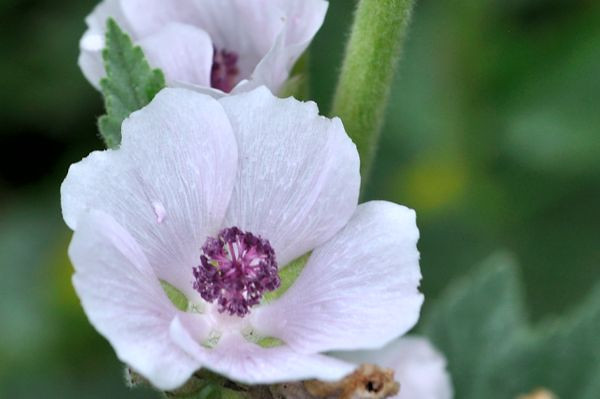
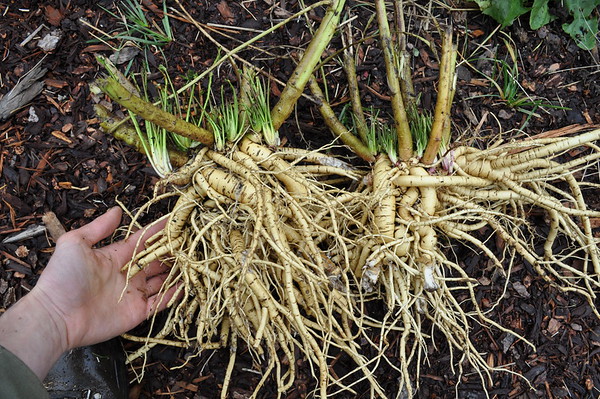
This perennial herb has soft leaves, beautiful hibiscus-like white and pink flowers, and provides a healing herbal medicine. Marshmallow roots are the original source of the slimy mucilage used... more->
The maypop is a perennial passionflower in our climate. The plant dies back each year to the ground and re-sprouts in late spring. Less vigorous than P. caerulea, this species has a... more->
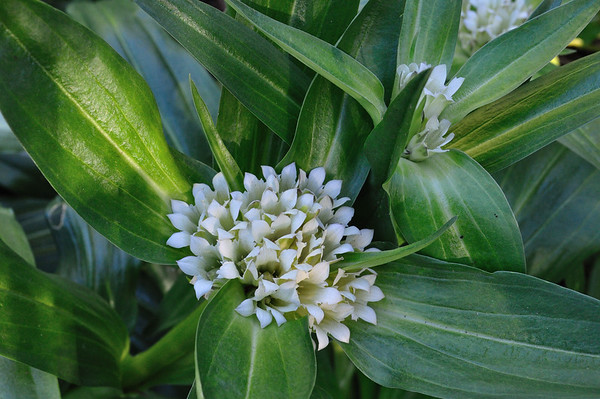
Native to the hills of western China and Tibet, this medicinal perennial likes rich, moist soil and sun. In mid-summer, it grows up to 2 feet tall with showy white blossoms. While so many... more->
Clustered wild rose is native to the Willamette Valley and other parts of the Pacific Northwest. It is a spreading woody shrub, growing up to 6 feet tall. It is a great and easy to grow wildlife... more->
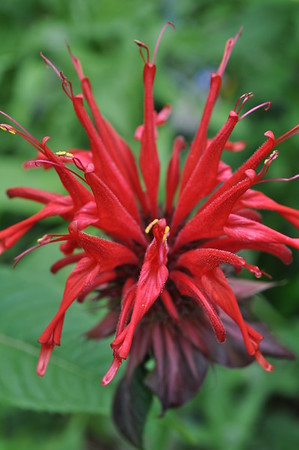
This variety produces 3-foot tall displays of crimson red inflorescences composed of tubular flowers. It is a sight to see! A favorite for hummingbirds. more->

We love this late spring blooming native wildflower that we often find on the edges of meadows. In the hollyhock family, this perennial grows only about a foot to two feet tall at most. It sends... more->

This is one of our favorite spring-producing plants. A biennial, Angelica shoots out of dormancy in winter and grows quickly to its full height, up to six or seven feet. In the parsley family,... more->

A showy evergreen shrub, Jerusalem Sage is an easy to grow plant for a sunny location. Deer tolerant and drought tolerant, it grows quickly but never gets more than a few feet high when blooming... more->

This is the orange flowered variety of daylily. So pretty in the garden or on a plate! more->

Rugosa rose is a suckering shrub native to Asia. It has large and beautiful blooms and the largest rose hips of any rose we know. The rose hips are high in vitamin C and can be eaten fresh or... more->

This wild variety of beebalm produces showy light pink flower clusters on two foot tall stems. more->
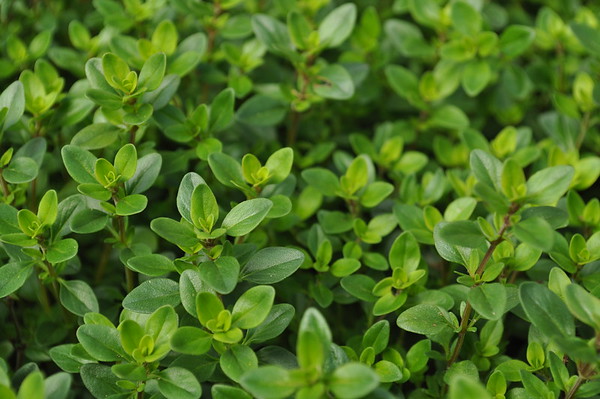
English Tabor thyme has wide leaves that are the most broad, green, and juicy of any thyme we've grown. Whereas other varieties are often quite spicy and pungent, this thyme is mild tasting but... more->

Viking has been selected for delicious flavor raw and cooked. Some seedlings can be extremely astringent but this one will just give you a little pucker. more->
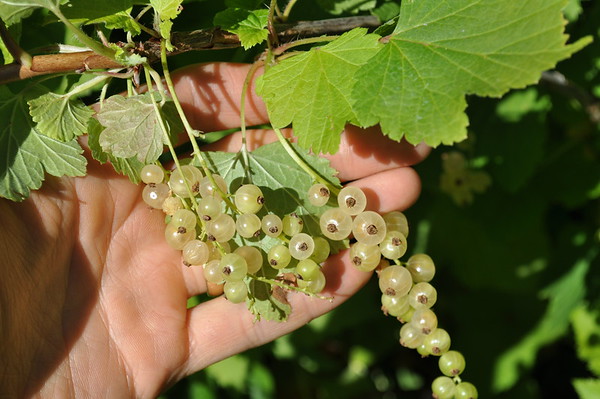
White currants are the sweetest of the European currants and White Imperial has great flavor. Almost all currant lovers that we talk to choose white currants for sweet flavor. These shrubs are... more->
A hardy perennial in the mint family with delicious and fragrant blue flowers. This herb has been used as a tasty flavoring, expectorant, and antitussive in Europe and the Mediterranean for... more->
Evening primrose is a great edition to a pollinator garden because it blooms at night and attract the nighttime pollinators. Every summer evening at dusk, you can watch each pale yellow flower... more->
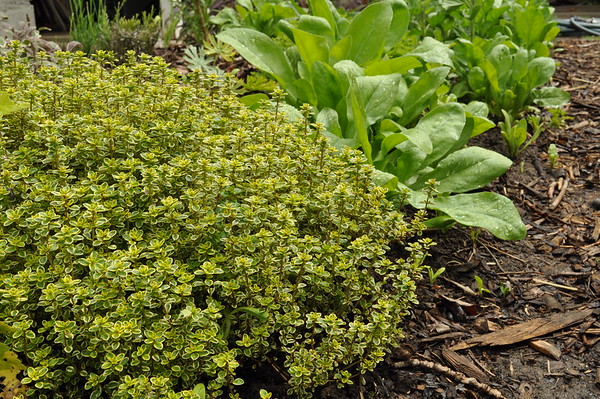
Beautiful, culinary, medicinal - no herb garden is complete without this variegated, lemon scented thyme. The yellow and green leaves give way to pink flowers in summer. This thyme forms a short... more->
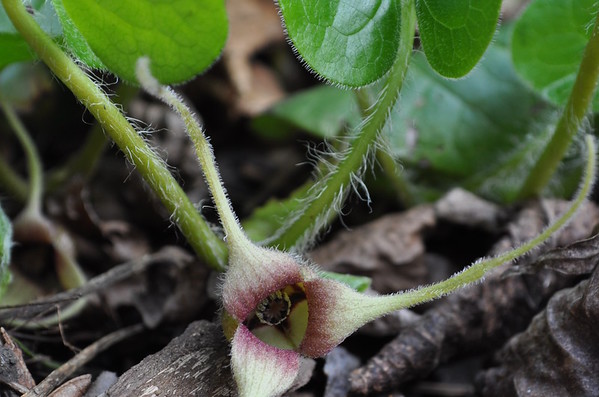
A beautiful native forest ground cover, wild ginger likes to grow in moist soil in shady areas. You will find it wild near creeks and on wet hillsides in the shade. Glossy heart-shaped leaves... more->

This currant is native to the Northwest, growing along streams in partial shade. The delicate pink flowers bloom in spring and the delicious purple fruit ripens in early summer. It does not have... more->
'Grosso' is a hybrid Lavindin-type variety that has a dark purple bloom, grey-green leaves, and excellent fragrance fresh or dried. This variety is often used for commercial production because of... more->
Blackcap raspberry is one of the most delicious native fruits in our area. It is also not well know because it is not as common as the wild blackberries. The blackcap is a cane fruit that grows... more->
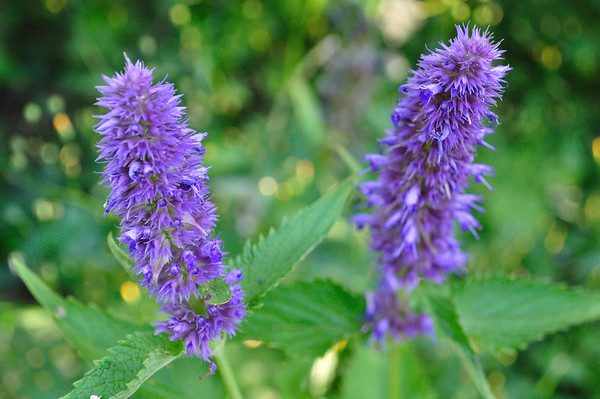
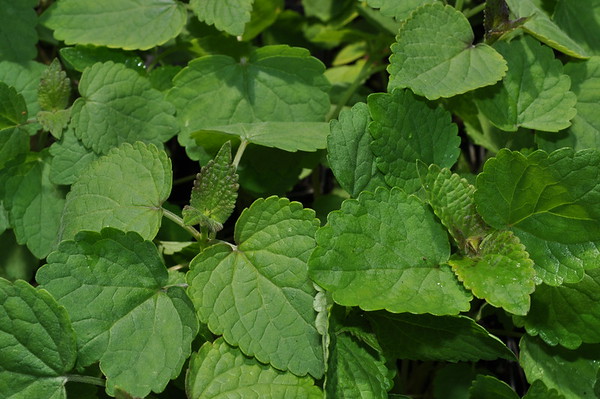
A great addition to any perennial garden, anise hyssop is a beautiful summer blooming perennial with edible leaves and flowers. The leaves, when steeped fresh or dried, make a refreshing minty... more->
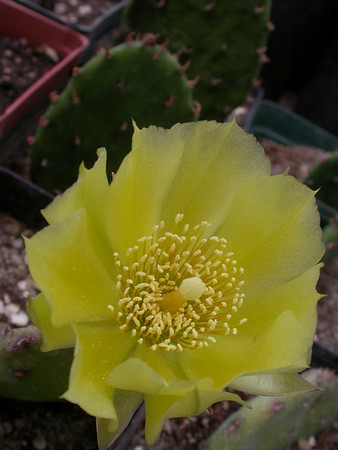
This is a compact variety of prickly pear cactus that has edible green pads with no thick spines and small clusters of tiny hair-like prickles. Unlike prickly pear shrubs, this variety stays... more->

Evergreen Huckleberry is a great northwest native evergreen shrub. It has delicate white and pink flowers, evergreen leaves and glossy, black berries. In the WiIlamette Valley, shrubs grow to 4... more->